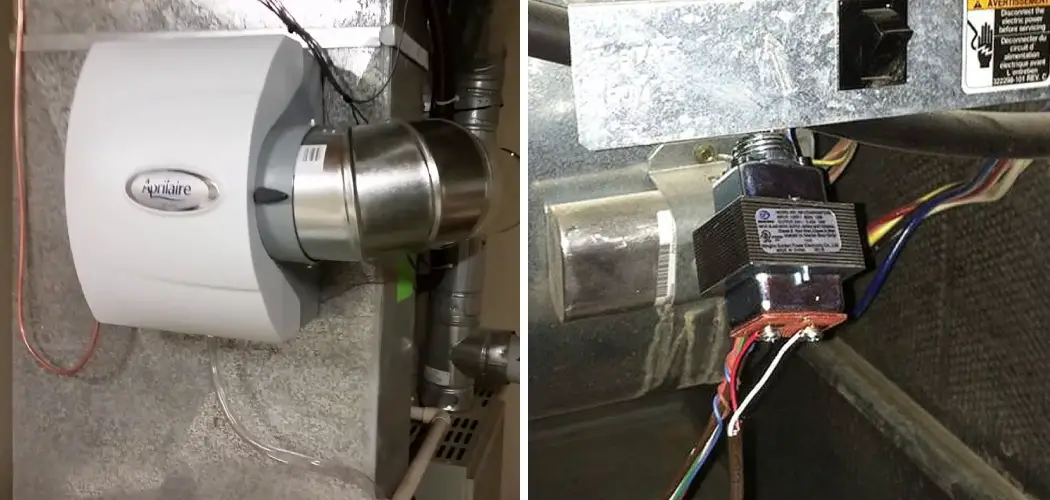Do you ever feel like your home is dry and uncomfortable? It could be a sign that your furnace is not providing enough humidity. To help combat this issue, many homeowners choose to install a humidifier connected to their furnace. Wiring the two together can seem intimidating, but if you have some basic electrical knowledge it can be done fairly easily. Here, we’ll walk through how to wire humidifier to furnace so you can start enjoying comfortable and healthy air in no time!
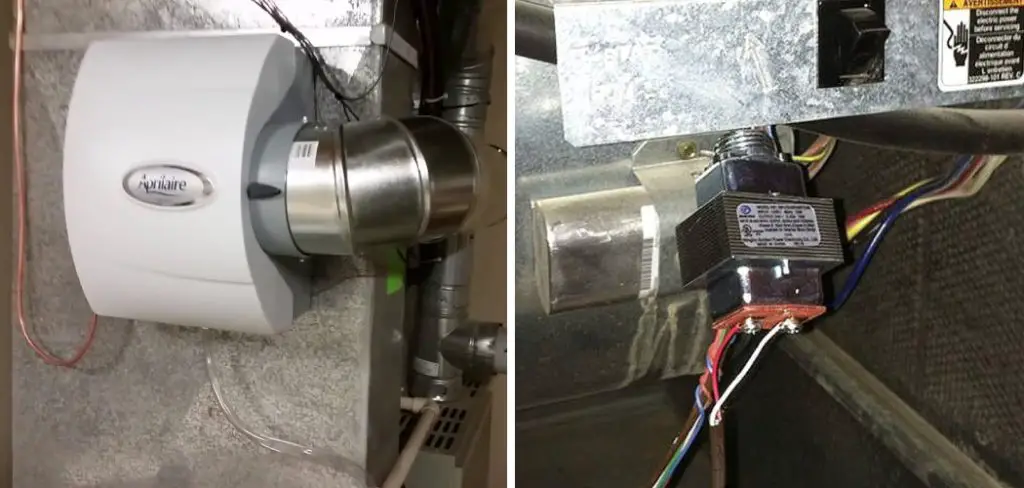
Adding a humidifier to your home’s furnace can be an incredibly beneficial move for both you and your family. If you are considering installing a whole-house humidifier, there are several steps that need to be taken in order for the installation to go smoothly and safely. In this blog post, we will help provide guidance on how to properly wire a humidifier to your furnace step-by-step so that you can enjoy all of the benefits with minimal stress!
Why is It Important to Wire Humidifier to Furnace?
1. To Increase Indoor Air Quality
By wiring a humidifier to your furnace, you can help improve indoor air quality. Homeowners often find that their homes are too dry during the winter months, and this leads to uncomfortable temperatures and an atmosphere of low humidity. Adding a humidifier can help increase the moisture in your home and make it more comfortable for everyone inside.
2. To Prevent Damage to Furniture and Woodwork
Another reason why it is important to wire a humidifier to your furnace is that it can help prevent damage to furniture, floors, and woodwork. Low humidity levels can cause wood surfaces to warp or crack due to the dry air. A properly-wired humidifier will add moisture into the air, protecting the wood surfaces from damage.
3. To Help Reduce Allergy Symptoms
Humidity levels also have an effect on allergy symptoms, and having a humidifier can help reduce those symptoms. When your home is too dry, dust and pet dander tend to stay in the air for long periods of time. A properly-wired humidifier will add moisture into the air and help reduce the amount of dust and dander in your home. This can make it easier to breathe, reducing allergy symptoms.

4. To Help Reduce Heating Costs
Finally, wiring a humidifier to your furnace can also help reduce your heating costs. Adding moisture into the air will make it feel warmer, allowing you to turn down the thermostat and save money on your heating bills. It can also help reduce the amount of energy needed to keep your home at a comfortable temperature.
Overall, wiring a humidifier to your furnace is an important way to make sure that your indoor air quality remains healthy and comfortable. By adding moisture into the air, you can help protect furniture and woodwork from damage, reduce allergy symptoms, and save money on your heating bills. It is a simple yet effective way to make sure that your home is comfortable all year round.
How to Wire Humidifier to Furnace in 5 Easy Steps
Step 1: Gather All The Tools
The very first step is to make sure that you have all the tools and materials needed for the job. This includes a voltage tester, wire nuts, flathead screwdriver, wire stripper, Phillips head screwdriver, pliers and some 18/2 or 18/3 thermistor wires.
Step 2: Disconnect The Power Source
Before you start wiring the humidifier to the furnace, make sure that you deactivate the power source by disconnecting the circuit breaker from the main electrical panel. This will prevent any possible electric shock.
Step 3: Mount The Humidifier To Furnace
Now it’s time to mount the humidifier to your furnace. Typically, a mounting bracket is provided with the humidifier and you should use it to securely mount the humidifier to the side of your furnace.
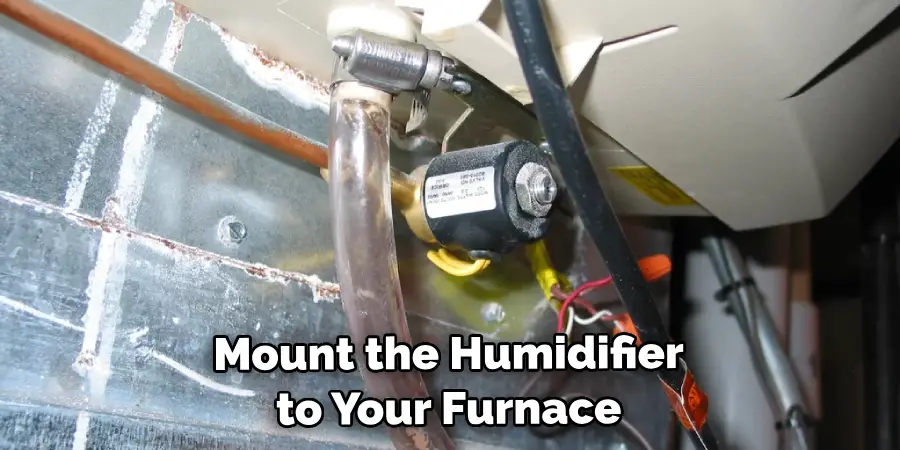
Step 4: Connect The Wiring Harness
Once the humidifier is mounted, you can start wiring it up. Take one end of the wiring harness and connect it to the power outlet on the side of the furnace using a Phillips head screwdriver. Then take the other end and connect it to the humidifier’s power inlet.
Step 5: Test The Humidifier
Once all the wiring is complete, you can now turn on the power source to test the humidifier. Make sure that it is working properly before using it. Also, check for any signs of leakage or other potential problems.
Some Extra Tips to Wire Humidifier to Furnace
1. Use the Correct Wire Gauge
One of the most important tips to remember when wiring a humidifier to the furnace is to use the correct wire gauge. The wire should be rated for the current draw of the humidifier, usually in the range of 18-22 AWG. If you are using thicker wires, it may not fit into the terminal blocks on the furnace or any other junction boxes used in your installation.
2. Leave Room for Maintenance
When wiring your humidifier to the furnace, it is important to leave room for maintenance in the future. This will ensure that if you ever need to make changes or repairs, it can be done quickly and safely. Make sure any wire you use is long enough to reach the terminals without needing an extension and that you leave enough slack for any adjustments that need to be made.
3. Label the Wires
It is also a good idea to label each of the wires you use in your installation, so that it is easier to trace them in the future if needed. This will also make it easier to identify which wire goes where and avoid any potential confusion or mistakes. This is especially important when it comes to labeling the power wires, as a mistake here could be dangerous.
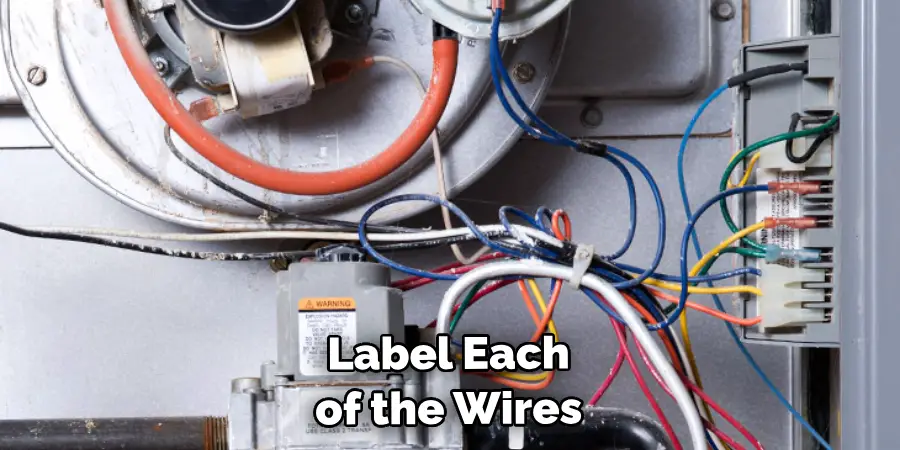
4. Test for Continuity
Before powering on your humidifier, you should test all of the connections to ensure there are no shorts or other issues with the wiring. The best way to do this is with a continuity tester, which can verify that each wire is connected correctly and without any shorts. This is a critical safety step and should never be skipped when wiring your humidifier to the furnace.
Following these tips should ensure a safe and successful installation when wiring your humidifier to the furnace. Be sure to take your time, double-check all of your connections, and you should have no issues. With proper installation and maintenance, your humidifier should provide years of reliable service.
Frequently Asked Question
What Precautions Should I Take When Wiring a Humidifier to My Furnace?
When wiring a humidifier to your furnace, it is important to take certain precautions in order to make sure the installation goes as smoothly as possible. First and foremost, make sure you turn off all power sources before starting any wiring. It is also important that you follow the instructions provided by the manufacturer and use the proper tools and wiring for the job. Make sure you are familiar with the type of humidifier that you have, as different models may require different types of wiring. Finally, if you ever feel unsure or uncomfortable about any step in the process, don’t hesitate to call a professional for help.
What Are The Benefits Of Wiring a Humidifier to My Furnace?
Wiring a humidifier to your furnace has many benefits. Firstly, it helps increase the amount of humidity in your home and can make the air more comfortable for residents by helping maintain an optimal humidity level. This can also help reduce static electricity and airborne dust particles, making it easier to breathe.
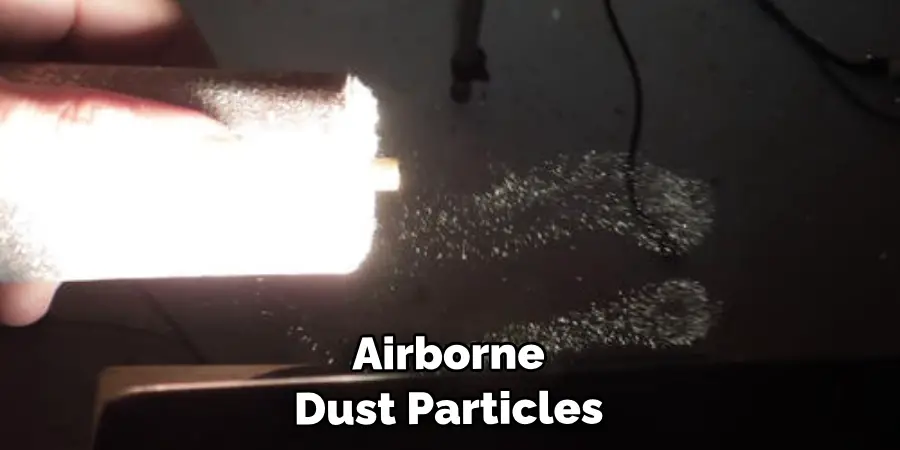
In addition, wiring a humidifier to your furnace can also help reduce the cost of energy consumption, as a well-maintained humidity level in the home will cause the furnace to work more efficiently. Lastly, it can also protect furniture and wood floors from the damaging effects of too much or too little humidity.
Is It Hard To Wire A Humidifier To My Furnace?
While wiring a humidifier to your furnace may seem intimidating, it is actually not very difficult. As long as you follow the instructions provided by the manufacturer and use the proper tools and wiring, it should be a relatively straightforward task. However, if you ever feel unsure or uncomfortable about any step in the process, don’t hesitate to call a professional for help.
What Should I Do If My Humidifier Is Not Working Properly After Installing It?
If your humidifier is not working properly after installation, the first thing you should do is check that all of the wiring has been connected properly. Make sure that there are no loose wires or connections and ensure that all power sources have been turned on. If everything seems to be connected correctly, but the humidifier is still not working properly, you may need to contact the manufacturer for further assistance.
Are There Any Other Tips To Keep In Mind When Wiring A Humidifier To My Furnace?
In addition to taking safety precautions and following instructions provided by the manufacturer, there are a few other tips to keep in mind when wiring a humidifier to your furnace. Make sure that the wiring and connections are away from any heat sources, as this could cause them to melt or become damaged.
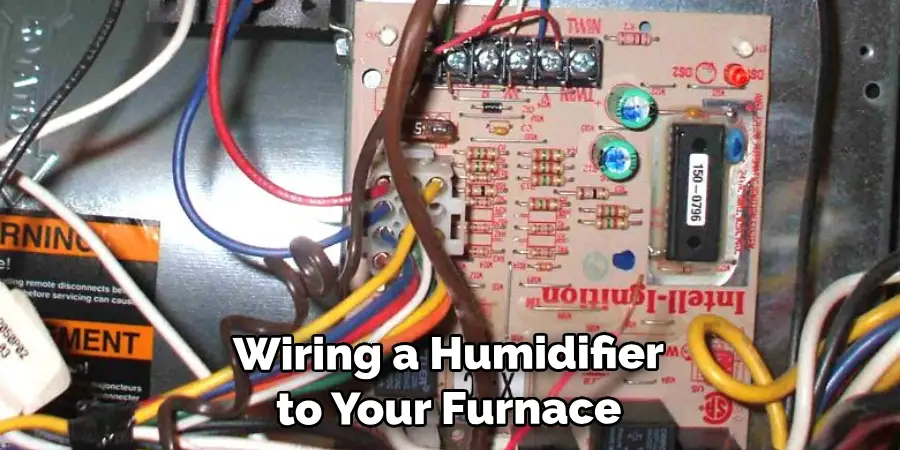
Conclusion
With the right tools and some patience, wiring a humidifier to your furnace doesn’t have to be a daunting task. By following the steps in this blog post, you should now be well-equipped to tackle this project with confidence. But if after reading through all the instructions you still feel like you want an extra set of eyes, there are professionals who specialize in heating and cooling repairs that can help you get the job done quickly and safely.
Now you know how to wire humidifier to furnace! And don’t forget to enjoy the long-term benefits of improved air quality, reduced energy costs, and additional protection for your home furnishings! After all, nothing beats having optimal humidity levels at home; not only for your comfort but also for your health and well-being. So make sure to get it done sooner rather than later – your future self will thank you!

